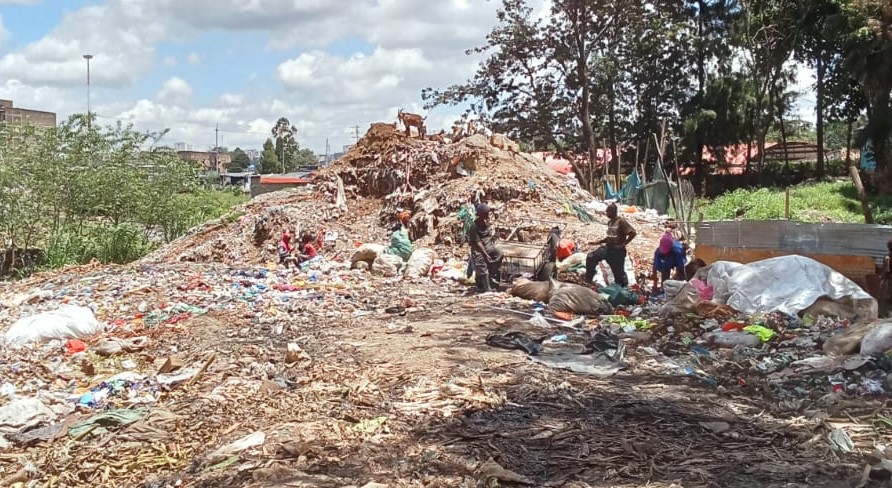+254 745 123057

At Opal Life Initiative, we believe that every individual has the right to live in a safe, secure, and supportive environment. Public safety is not merely the absence of danger; it is the active creation of conditions where communities can flourish—free from fear, equipped to handle crises, and empowered to shape their own development. Our Public Safety & Community Development program takes a holistic approach, addressing both immediate risks and the underlying social factors that undermine stability. We work hand-in-hand with communities to foster resilience, strengthen social cohesion, and build a foundation for sustainable progress. Our Integrated Approach: True safety and development are interconnected. Our strategy is built on Prevention, Preparedness, Infrastructure, and Collective Action. 1. Advocacy and Awareness for Safer Environments: We proactively work to prevent accidents and create a culture of safety through targeted advocacy and education: · Road Safety Campaigns: Conducting community-wide awareness programs on traffic rules, responsible driving, pedestrian safety, and the dangers of speeding and impaired driving. We advocate for improved road infrastructure—such as speed bumps, zebra crossings, and better lighting—in high-risk areas to reduce accidents and save lives. · Safe Working Conditions: Promoting occupational health and safety standards, particularly for individuals in informal sectors and hazardous environments, through training on the use of protective gear, safe practices, and knowledge of workers' rights. · Public Health and Safety: Addressing environmental hazards like improper waste disposal and pollution that pose health risks, and promoting practices that ensure clean and safe public spaces for all. 2. Strengthening Disaster Preparedness and Response: Communities must be equipped to face both natural and man-made disasters.We focus on building resilience from the ground up: · Community-Led Disaster Risk Reduction (DRR): Facilitating the development of community emergency plans, forming and training volunteer response teams, and conducting simulation drills for events like floods, fires, or landslides. · Early Warning Systems: Helping communities establish simple, effective systems to receive and disseminate alerts about impending dangers. · Emergency Response and Recovery: Providing immediate relief—such as food, shelter, and medical aid—in the aftermath of a disaster, while simultaneously working on longer-term recovery projects to "build back better" and strengthen community infrastructure against future shocks. 3. Fostering Social Cohesion and Conflict Resolution: A safe community is a cohesive one.We tackle the social fractures that can lead to tension and violence: · Dialogue and Mediation Platforms: Creating safe spaces for community members, leaders, and youth to address grievances, resolve conflicts peacefully, and collaborate on shared goals. · Inter-Community Projects: Uniting diverse groups through collaborative projects like building a shared water point or a community garden, fostering trust and mutual understanding through shared labor and benefit. · Promoting Civic Engagement: Encouraging active participation in local governance and community decision-making processes, ensuring all voices—including those of women, youth, and marginalized groups—are heard and valued. 4. Improving Community Infrastructure and Services: Physical infrastructure is the backbone of community development and safety. We collaborate with communities to identify and address critical needs: · Safe Public Spaces: Supporting the development and rehabilitation of safe, inclusive spaces like parks, community centers, and sports fields that promote social interaction and well-being, especially for youth. · Basic Amenities: Advocating for and supporting projects that improve access to lighting, clean water, sanitation, and waste management systems, which are fundamental to public health and safety. · Youth Engagement Centers: Creating dedicated spaces that offer positive alternatives to idleness and crime, providing skills training, recreational activities, and mentorship. 5. Economic Resilience as a Pillar of Safety: Poverty and lack of opportunity are often root causes of insecurity.Our community development efforts are intertwined with economic empowerment: · Livelihood Programs: Creating local economic opportunities through our vocational training and marginalised youth empowerment initiatives, reducing vulnerability to crime and exploitation. · Community Savings Groups: Promoting financial literacy and group savings models that provide a safety net for families in times of crisis and enable them to invest in small-scale community improvements. The Opal Life Difference: Community at the Core Our initiatives are not imposed but co-created.We: · Conduct participatory risk assessments where community members themselves identify the greatest threats and priorities. · Mobilize local volunteers and champions to lead initiatives, ensuring ownership and long-term sustainability. · Leverage our other pillars— from Environment (e.g., tree planting to prevent soil erosion and landslides) to Health (e.g., first aid training)—to create a comprehensive safety net. Join Us in Building Safer, Stronger Communities: Community safety and development is a shared responsibility. There is a role for everyone to play. · Volunteer: Lend your skills in training, first aid, engineering, or community organizing to our projects. · Donate: Help us equip a community emergency response team, install street lights in a vulnerable neighborhood, or build a safe playground for children. · Partner: If you represent a local business, school, or organization, partner with us to adopt a community safety initiative. · Advocate: Join our campaigns to make road safety or disaster preparedness a local priority. Together, we can transform communities into resilient, empowered, and thriving places where every person can live with security, dignity, and hope.